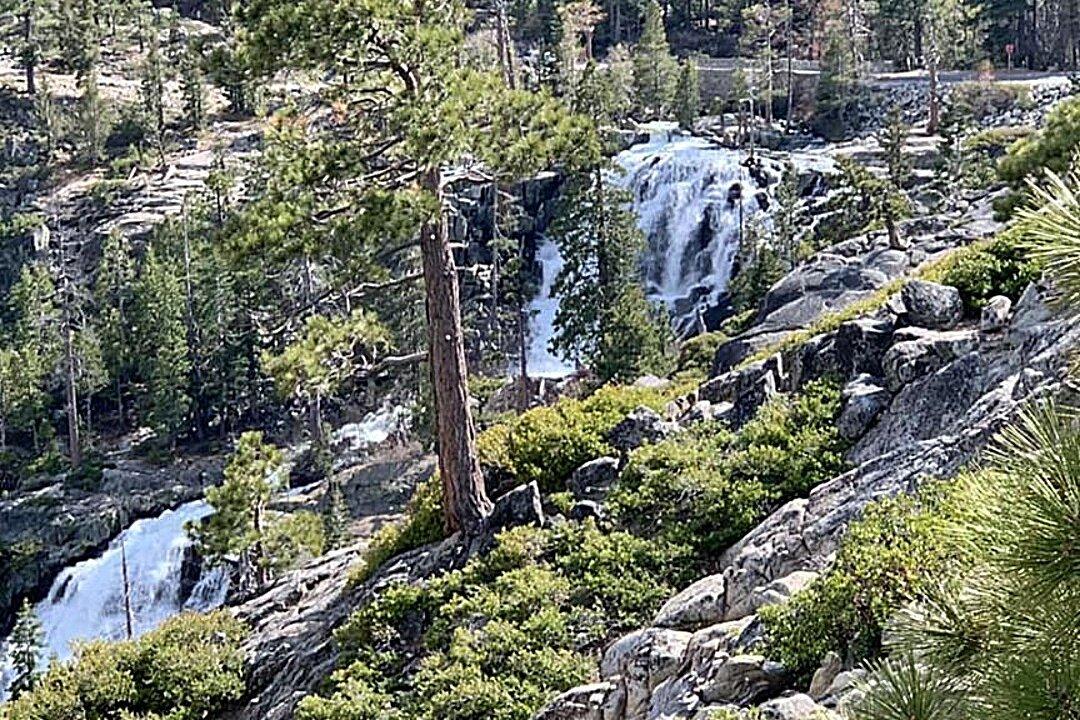A woman in California fell to her death over the edge of a waterfall while taking a selfie on May 31.
Crews from the Tahoe Truckee Regional Rescue Team recovered the body of the young woman from Eagle Falls in Emerald Bay, according to a statement released by the North Tahoe Fire Protection District on their Facebook page.





